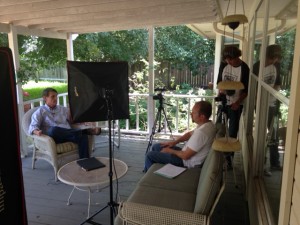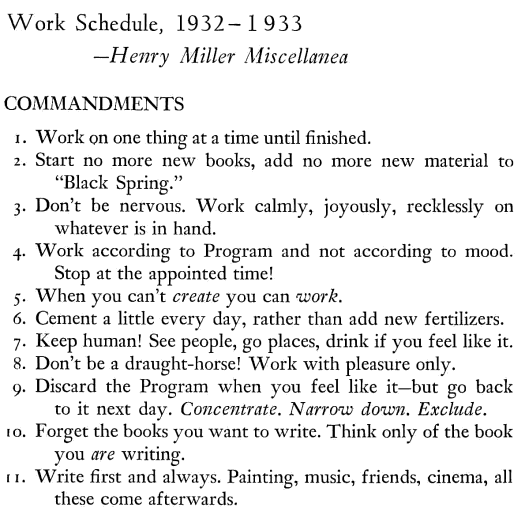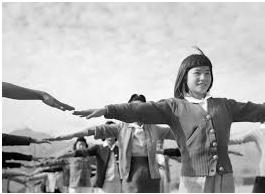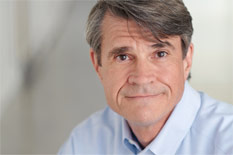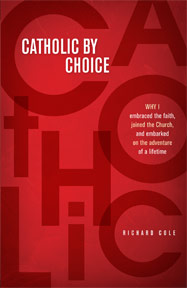Think about love. It can be glorious and it can be painful. The Romance languages know this. Amore and amour mean literally “to death.” A-morte. I love you to death. That little arrow from cupid can really hurt, even if it’s a blessing. And look at the word “blessing.” It comes from “blodden,” an Anglo-Saxon word meaning to bloody, as in an animal sacrifice. We can’t sacrifice what we don’t break open, even violate in some way. I once read that the word “blessure” in Old French means both “blessing” and “wound.” The Catholic Passion Week is a love story where wounds and blessings can’t be separated, and where each is needed to complete the sacrifice.
-
I've written a memoir about conversion, Catholic by Choice: Why I Embraced the Faith, Joined the Church and Embarked on the Adventure of a Lifetime, Loyola Press, now available from Amazon and bookstores. I’ve also published two books of poetry, The Glass Children and Success Stories.
My poems and essays have appeared in The New Yorker, Poetry, Hudson Review, Image Journal – Good Letters and elsewhere. I’ve also written a boatload of business materials. Subscribe to blog posts
Search this site
-
Recent Posts
- It’s official — “Song of the Middle Manager” has launched!
- “Song of the Middle Manager” wins Grayson Books Award
- A City is the People You Know There
- Another new poem
- Admission
- New art site
- Force Majeure
- Becoming Air
- Opening Night
- Mitosis
- Magenta Shield
- More portals
- Earthenware for the Voyage Home
- “Aperture”
- Art on Fire: The Life and Work of Melissa Weinman
- New Art
- Opening Prayer 4 of 4
- Opening Prayer 3 of 4
- Opening Prayer 2 of 4
- Opening Prayer 1 of 4
- Inner Seed
- Conversion
- Wounded Bagel
- “Chinese Landscape”
- That Nature is a Heraclitean Fire

